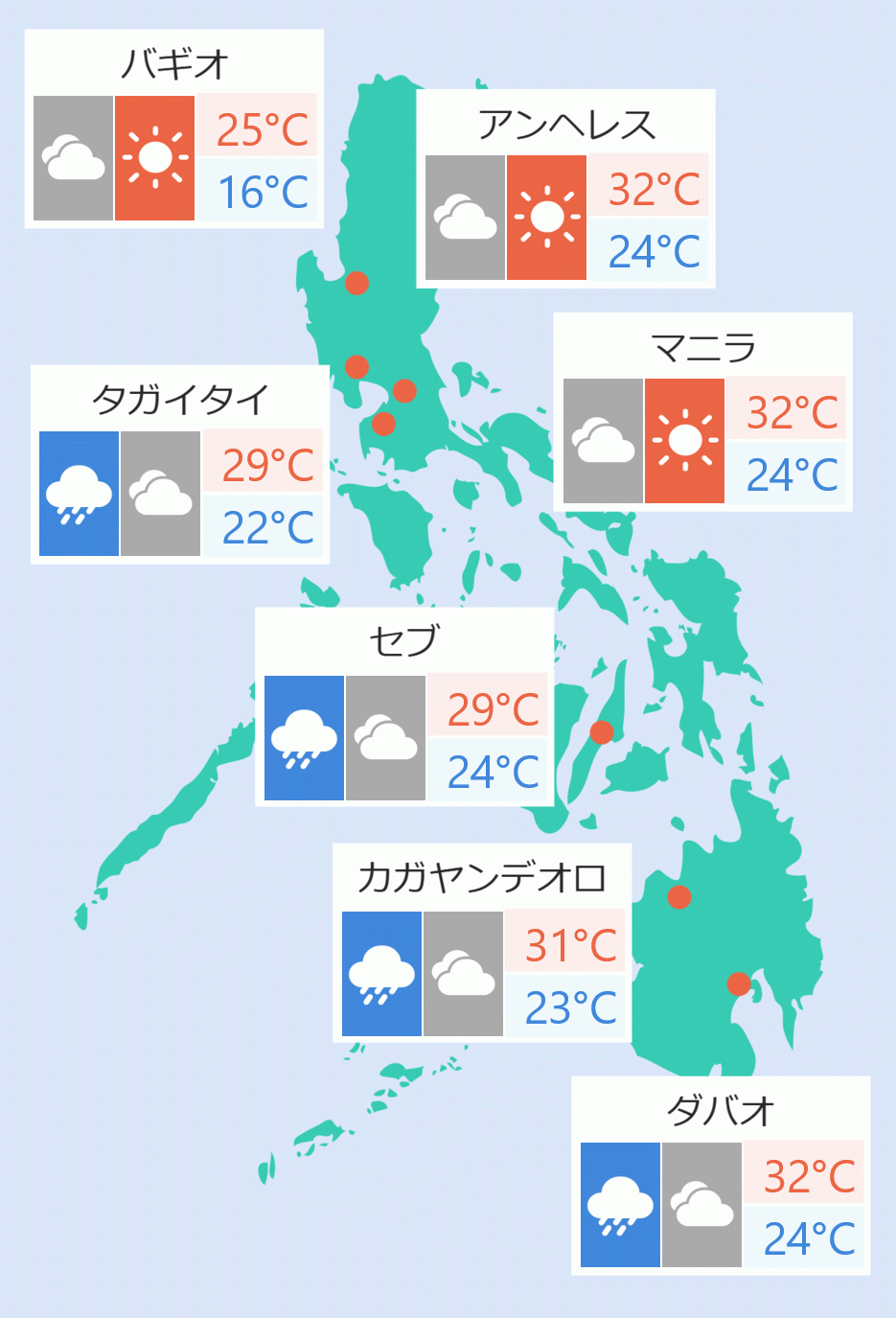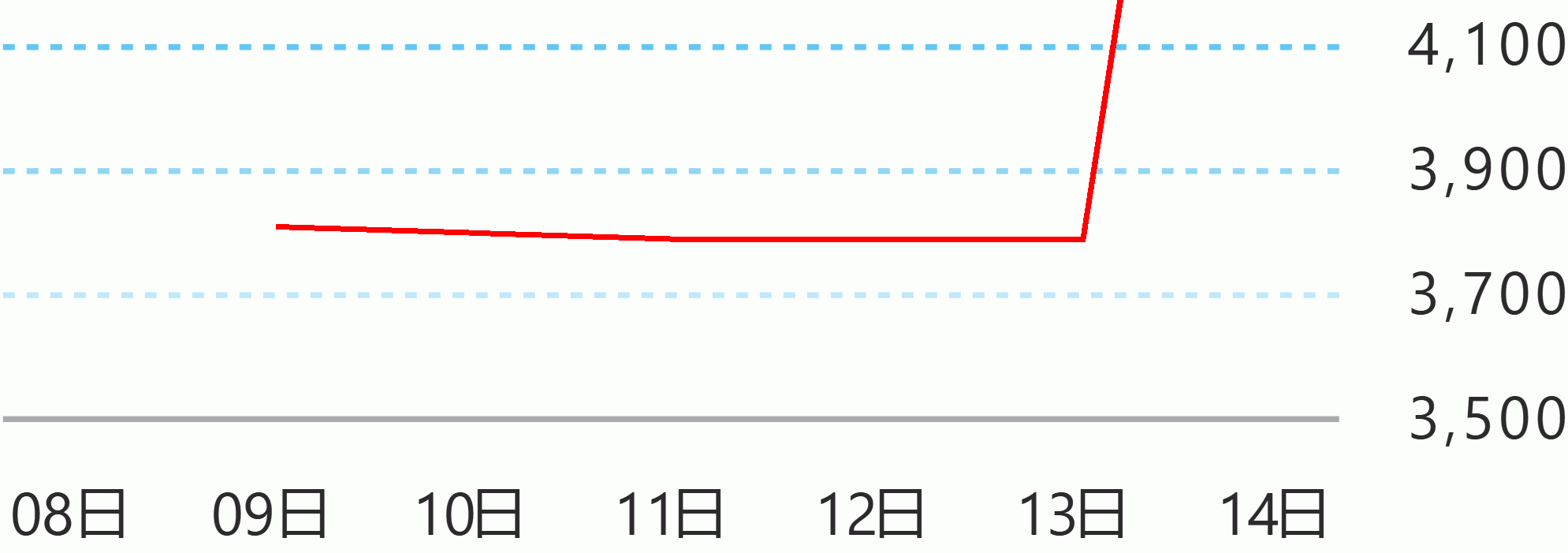The Department of Agriculture (DA) is coordinating with the Department of Trade and Industry to secure preferential tariff rate for Philippine bananas, whose leading share of the Japanese market is under threat from Cambodia, Laos, Mexico, and Vietnam whose banana exports to Japan enjoy zero or preferential tariff.
Philippine bananas are staples for Japanese consumers, accounting for 22 percent of their food basket.
The Philippines' proximity to Japan allows the country to deliver low-cost bananas and other tropical fruits compliant with Japanese food standards.
Agriculture Secretary Francis Tiu Laurel Jr. said that Manila looks at the review of Japan-Philippines Economic Partnership Agreement as a good initial opportunity “to discuss the Philippines’ appeal for lower tariff on bananas.”
Under JPEPA, tariff on Philippine banana is pegged at eight percent from April 1 to September 30, and then increased to 18 percent for imports between October 1 and March 31.
The DA is also seeking to revive the Japanese market for Philippine mangoes, whose export had declined sharply since Japan adopted in 2011 stricter sanitary and photo-sanitary standards, especially the maximum residue limit.
During the ASEAN-Japan Summit in December, Laurel led ceremonies to mark the re-entry of Philippine mangoes to Japan, with the presentation of the tropical fruit to his Japanese counterpart.
Agriculture Attache Aleli Maghirang, who is assigned at the Philippine Embassy in Tokyo, said she is hopeful that fresh Davao mangoes' re-entry in the Japanese market will spur “greater confidence to our exporters to continue supplying to Japan.”
Laurel has directed the immediate improvement of testing laboratories to align Philippine food code with those of importing countries like Japan, and the enhancement of farming practices and production of good quality planting materials for expansion and replanting.
Japan is the second largest market for Philippine agri-food exports, enjoying a trade surplus of $824 million in 2022. At the end of the third quarter last year, Philippine agricultural trade with Japan showed a $596.4 million surplus in favor of the Philippines.
The DA is looking to get for Filipino farmers and fisherfolk a bigger share of food market of Japan, which imported a total $87 billion of agricultural products in 2022, the fifth largest in the world that year. Department of Agriculture





 English
English









